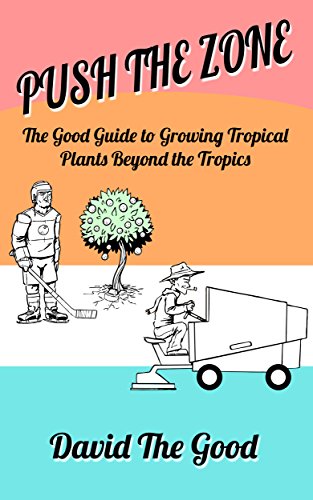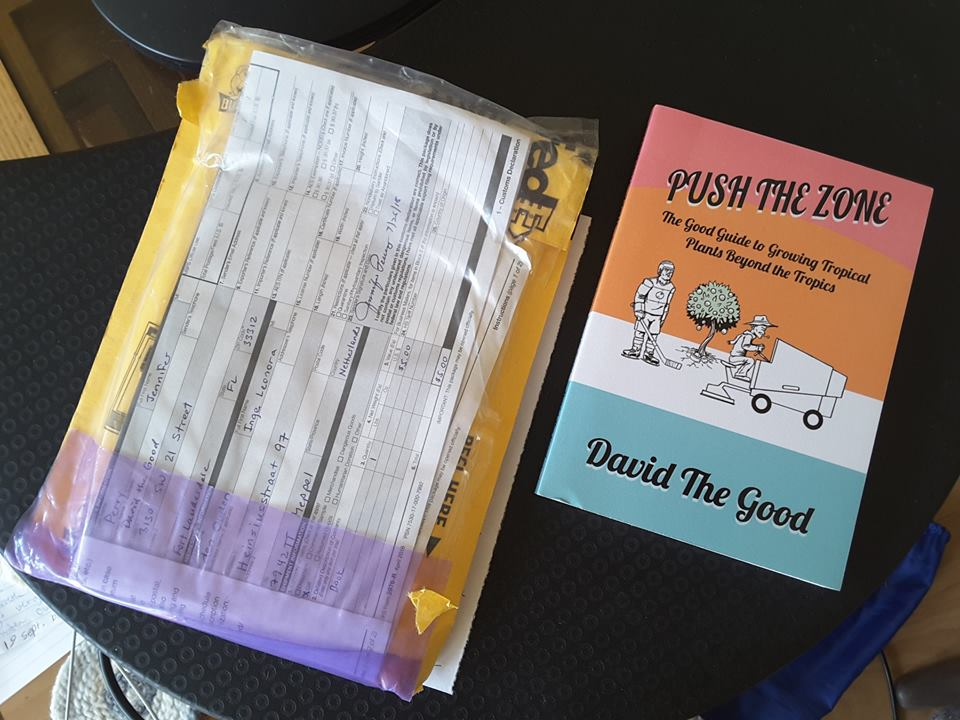
 2
2





 5
5





 2
2




Ferne Reid wrote:Umm, excuse me, but ... how on earth did you read my mind?
I was just sitting here wondering if there was a way to create a warmer microclimate in my zone 7a world so that I could successfully grow avocado. I came here to see if any of the helpful and knowledgeable people here had ever done that, and lo and behold, here is your post!
Thank you!
Yes, I'm that David The Good. My books are here: http://amzn.to/2kYcCKp. My daily site is here http://www.thesurvivalgardener.com and my awesome videos are here https://www.youtube.com/subscription_center?add_user=davidthegood




 1
1




Central Mississippi, Zone 8















David Good wrote:
Ferne Reid wrote:Umm, excuse me, but ... how on earth did you read my mind?
I was just sitting here wondering if there was a way to create a warmer microclimate in my zone 7a world so that I could successfully grow avocado. I came here to see if any of the helpful and knowledgeable people here had ever done that, and lo and behold, here is your post!
Thank you!
Avocado may be possible in your area if you plant a cold-hardy variety like Lila and grow it flat against a south-facing wall as I recommend in the book. It would be a stretch, but they are growing in zone 8 and living.
 1
1




Adding new species to your yard makes for a more robust and complex ecosystem. Some of the tropical plants I added brought in more bees, butterflies, and other good guys. Plus, when someone asks you what the heck you think you’re trying to do by planting “that tree” here, you can virtue signal and say you’re “increasing biodiversity.” It sounds very noble, right? And in reality, it does make for a much more interesting garden.
The experts love to tell you what you can’t grow. Various “experts” told me that I couldn’t grow key limes, couldn’t grow papayas, couldn’t grow soap nut trees… and yet, I did. And I enjoyed rubbing it in.












"Also, just as you want men to do to you, do the same way to them" (Luke 6:31)
 2
2





Outdoor and Ecological articles (sporadic Mondays) at http://blog.dxlogan.com/ and my main site is found at http://www.dxlogan.com/




"Despite all our accomplishments we owe our existence to a six-inch layer of topsoil and the fact that it rains."

|
please buy my thing and then I'll have more money:
Learn Permaculture through a little hard work
https://wheaton-labs.com/bootcamp
|



